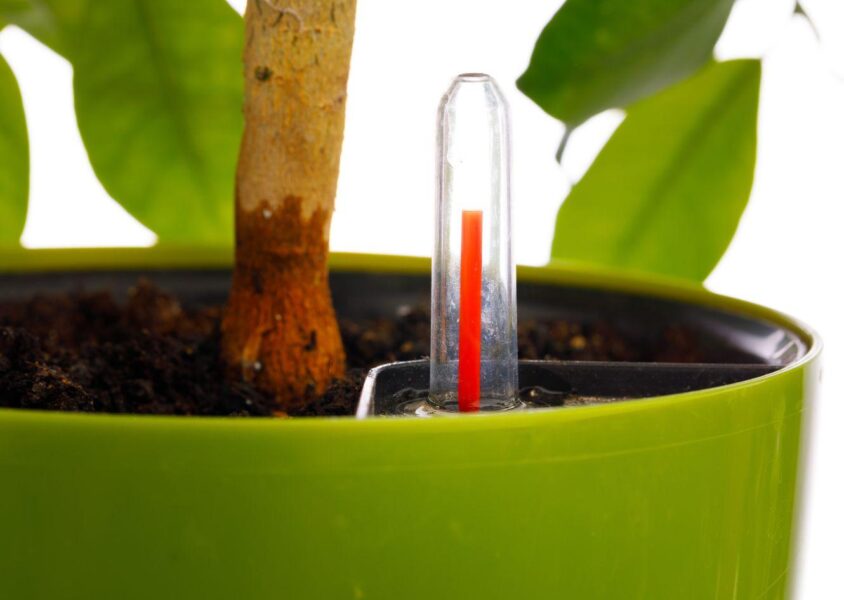Self-Watering Pots for Your Plants

Self-watering pots have become increasingly popular in recent years. It is so due to their convenience and ability to help plants grow more effectively. These pots are containers that automatically water plants by using a reservoir of water stored in the pot. The water is typically delivered to the plants through a wicking system. It consists of a tube or other type of material that absorbs water from the reservoir and transports it to the soil and roots of the plant.
Advantages of Self-Watering Pots
Many people find self-watering pots to be a useful option for plants that require consistent moisture levels to thrive. They are particularly popular among people who have busy schedules or may not be able to water their plants as frequently as they would like.
In addition, self-watering planters can be a good choice for people who live in areas with frequent drought conditions. So, they can help to conserve water by delivering water to the plants more efficiently. They can be useful for anyone who wants to grow healthy, vibrant plants with minimal effort. They can help reduce the risk of over- or under-watering, which can harm plants.
Self-watering planters can be a good option for certain plants, especially those that require consistent moisture levels to grow. They can be particularly useful for plants that are sensitive to over- or under-watering. The self-watering system helps to ensure that the plants receive a consistent amount of water.
However, self-watering pots may only be suitable for some types of plants. For example, some plants may need to do better in a self-watering pot because they prefer to have their roots submerged in water rather than relying on a wicking system to deliver moisture to the soil. Also, they may be less effective at watering plants in hot, dry conditions. The soil in the pot may dry out more quickly due to evaporation. In these cases, it may be necessary to water the plants manually or use a different container.
What Are They Made of
They make the self-watering pots from various materials, including plastic, ceramic, and metal. Plastic self-watering pots are often the most affordable option and are widely available. They are lightweight, durable, and easy to clean, but they may not be as attractive as other materials. Ceramic self-watering pots are expensive. But, they are often more attractive and can add a decorative touch to your garden or home. Metal self-watering pots are also more expensive but are typically very durable and can withstand extreme temperatures.
In addition to these materials, they make self-watering pots from recycled materials. These materials include recycled plastic or recycled metal. These pots can be an environmentally friendly option, as they help reduce the amount of waste in landfills.
Depending on the pot’s design, they can make this wicking system from various materials, such as cotton or synthetic fibers.